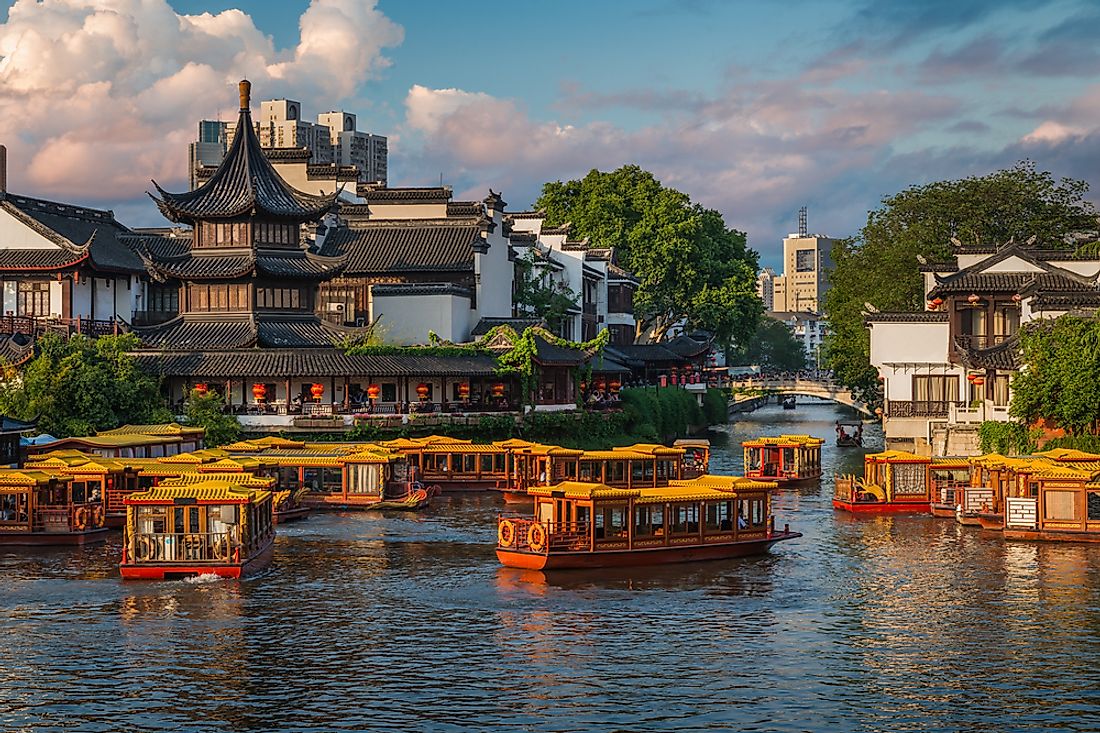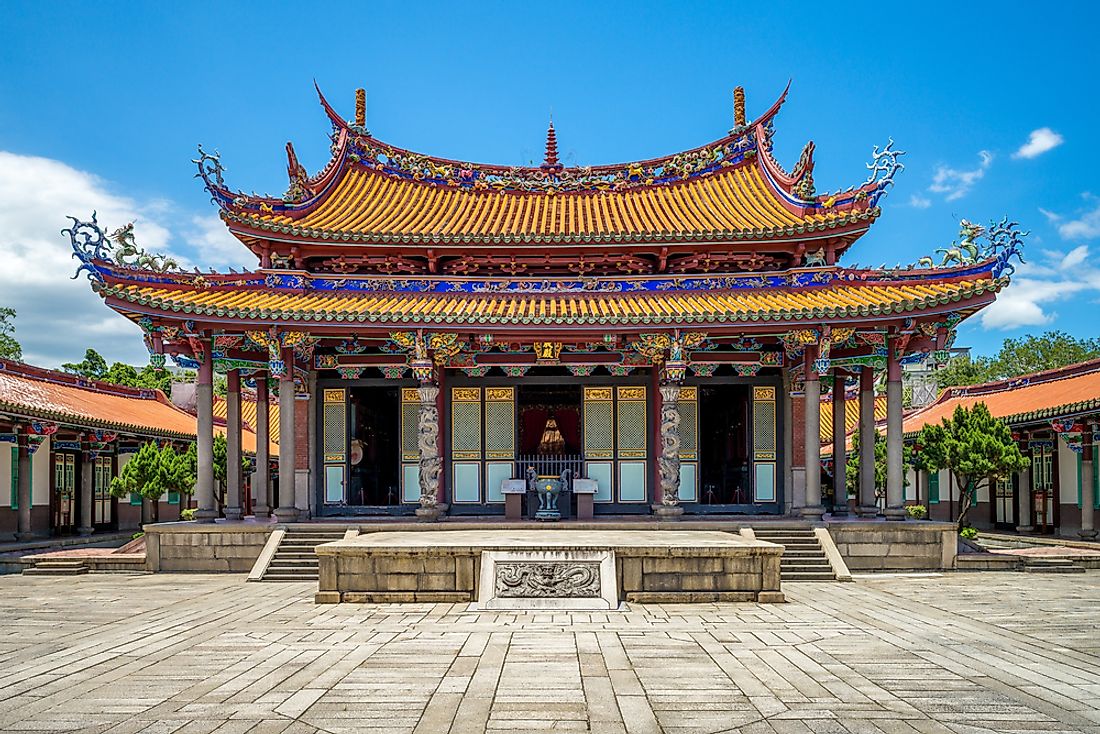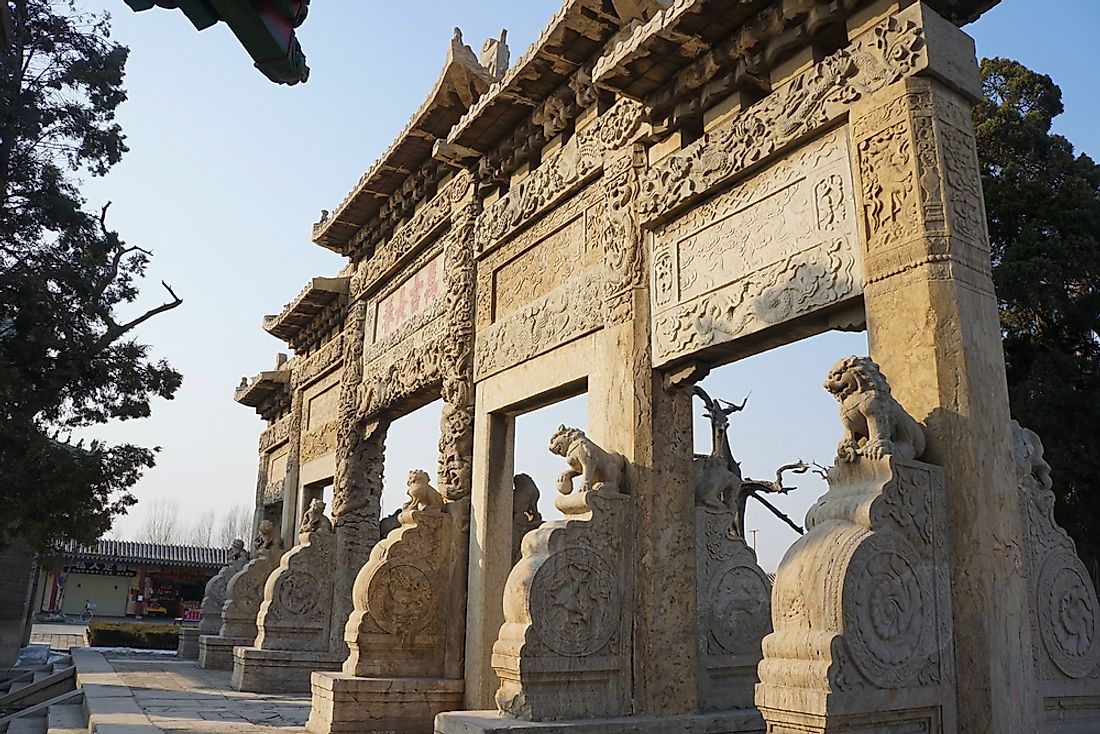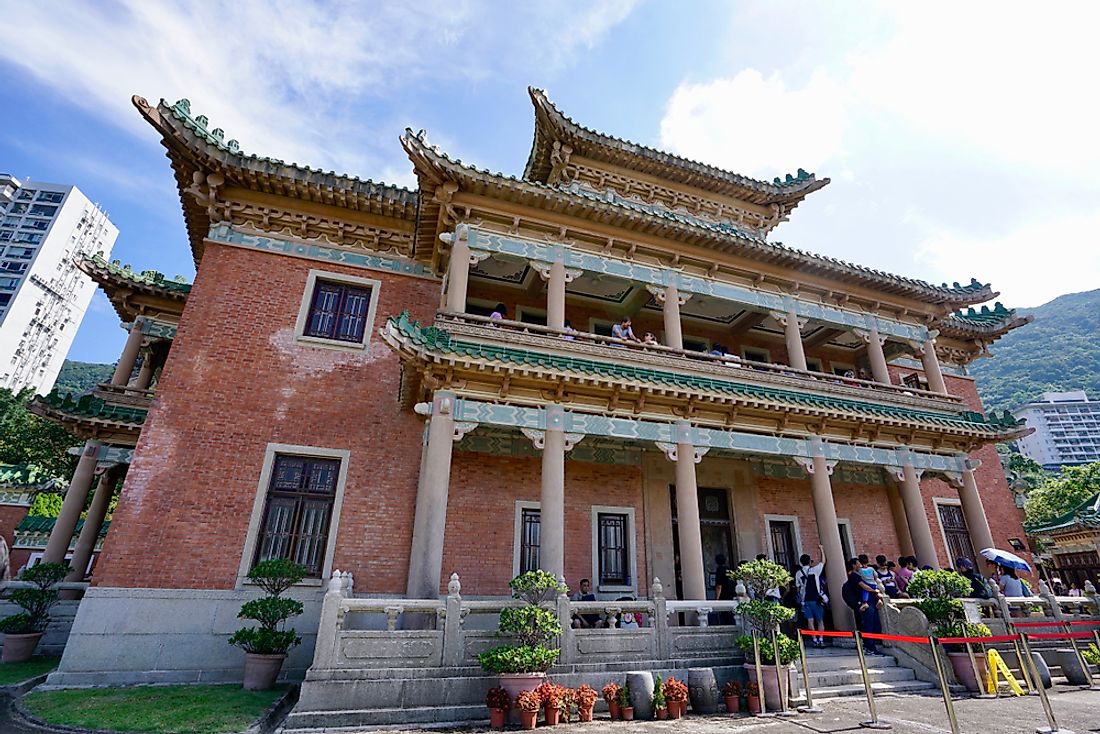What Are the Holy Sites of Confucianism?

Sometimes called Ruism, Confucianism is defined as a tradition, religion, or philosophy that governs human life. The philosophy traces its roots to the Chinese philosopher Confucius who lived between 551 and 479 BCE. Confucius had a school of thought that was known as the Hundred Schools of Thought. The philosopher considered himself a retransmitter and a recodifier of the values and theology that were passed down from the Shang and the Zhou Dynasties.
At its core, Confucianism has a humanistic approach that places emphasis on things to do with the physical world (such as social harmony and family) as opposed to spiritual values. Some philosophers, such as Herbert Fingarette, conceptualized the religion as one that actually places divinity on secular things. According to the religion, ordinary human activities such as human relationships are a manifestation of the divine. The reason for such an approach is that these activities show a side of humanity that has an anchor in heaven.
Temple of Confucius

Also known as a Confucian temple, a temple of Confucius is a temple that is used for the worship of Confucius as well as other important figures in the religion. Initially, these temples were used in China and Vietnam to administer an imperial examination. Consequently, these temples had schools as well as other necessary studying amenities. For this reason, these temples have also been described as Temples of Literature or Temples of the Sage of Literature in countries like Vietnam, Indonesia, and Korea. In Japan, these temples are also known by other names such as the Halls of the Sage or simply Temples.
Dating as far back as the Tang Dynasty, these temples were erected in county and prefectural schools on either the front side of the school or the side. With a front gate called the Lingxing Gate, the temples had three or two courtyards. One temple in Qufu, China, has an incredible nine courtyards. Inside the temple, several structures existed such as the Dachengmen or Dachengdian, which means the Hall of Great Perfection, Hall of Great Completion, or the Hall of Great Achievement. Other structures include the Shrine of Adoring the Sage, the Apricot Pavilion, and others. The temples had no images inside although some temples, especially official ones, had an image of Confucius. Emperor Taizu later banned the images completely due to a lack of similarity in the likeness of Confucius among the temples. Some of the acts of worship included offering sacrifices to the spirit of Confucius and dances such as the Eight-Row Dance.
Cemetary of Confucius

The Cemetery of Confucius is a cemetery in the town of Qufu in China’s Shandong province. Belonging to the Kong Clan, the cemetery holds the remains of Confucius, some of his disciples, and plenty of his descendants. Since 1994, the cemetery has been a UNESCO World Heritage Site alongside the Temple of Confucius and the Kong Family Mansion.
Located north of Qufu, the cemetery sits on about 183.33 hectares of land and has a perimeter wall with a length of about 18343.18 feet. Some of the oldest graves date as far back as the Zhou Dynasty. The first tomb to be built in honor of Confucius had the shape of an ax and is located on Sishui River’s bank. Aside from the ax shape, the tomb also had an altar of sorts for sacrificial purposes. Today, the tomb has a shape similar to a cone. The other tombs for his descendants, including extra stelae, were added soon after. Most of the descendants of Confucius were noble people who had power and authority. Accordingly, the tombs of these people were marked to show their ranks. Tombstones were not used until the arrival of the Han Dynasty.
Today, the cemetery features more than three thousand stone tablets that date as far back as the imperial period of China. An official count of the tablets states that 22 belong to the Song Dynasty, six belong to Jin, Ming has 506, Yuan has 45, and an incredible 2,626 belong to the Qing Dynasty. Aside from these, there are 568 more belonging to the period of the Republic of China while 50 are from the modern era of the People’s Republic of China. An extra 180 cannot be dated although the total gets to 4,003. With more than 10,000 trees, the cemetery looks like a forest.
Kong Family Mansion

This house is also located in Shandong province’s Qufu, which was the hometown of Confucius himself. The mansion was the place of residence of Confucius’s descendants. Most of the surviving structures of the residence are mostly from the Qing and Ming Dynasties. From this base, the family would look after the two other sites of Confucianism. The family was tasked with a number of roles including taking charge of ceremonies like honoring the dead and harvests.
Located on the eastern side of the temple, the mansion has a traditional Chinese layout with a Yamen for the separation of official spaces. Aside from the Yamen, the mansion has a study on the east and the west as well as a garden at the back. In line with the Confucian belief of order, the partitions were according to gender, seniority, and status. The central part was for the eldest person while family meals were taken in the western study. Currently, the house has 152 buildings with 148 rooms and an area of about 134,200 square feet.











